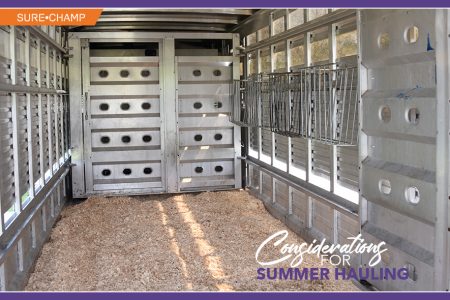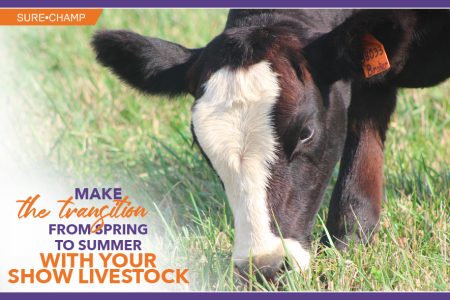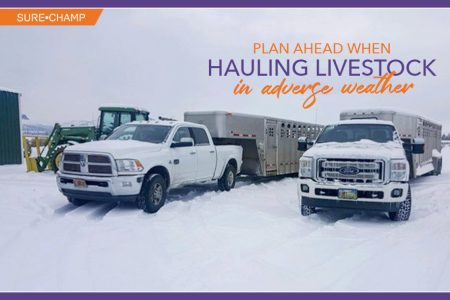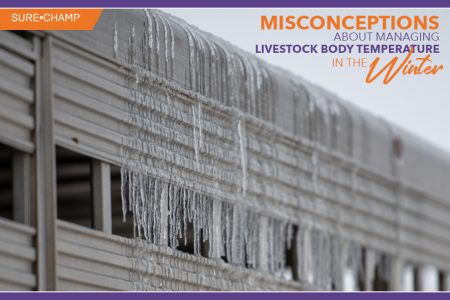Placing: 3-4-1-2Cuts: 4-2-3 I like the ewe lambs 3412. There’s an awfully good one to win in 3, and I think it all starts with her skeletal build. She’s so stout structured and correct on her feet and legs, her spine is perfectly level, and she puts together all of the fundamentals of a good […]
Tag: Show Lambs
Considerations for Summer Hauling
Young livestock exhibitors spend countless hours, days and weeks getting their livestock “dialed in” for summer shows. This year, due to COVID-19, they’ve had a little extra time to work with their animals since numerous late spring shows have been cancelled. As some states begin to open up, while others remain closed, exhibitors are hauling […]
Making the Transition from Spring to Summer with your Show Livestock
Throughout the country, hints of spring are everywhere. And while many spring shows have been canceled or postponed through March and April, your show livestock projects are likely still a priority as you prepare for the potential of summer shows. Use this extra time of social distancing to work with your animals and practice your showmanship skills. Since the jackpot […]
Plan Ahead When Hauling Livestock in Adverse Weather
Wouldn’t it be nice if every livestock show was just a short drive from home? And wouldn’t it be even more ideal if we could haul our livestock in 55-degree weather with no humidity, no storms, and dry, clear roads? Unfortunately, there is no “utopia” for hauling livestock to shows, even if you live 20 […]
Misconceptions about Managing Livestock Body Temperature in the Winter
Humans tend to worry about the weather and the outside temperature. And rightfully so, especially if you are involved in agriculture. Your crop planting, growing and harvest times rely heavily on the weather. And, when you have livestock, you want to keep them safe from the elements and provide them as much comfort as you […]
Mark that Card: Wether Dams
Thank you Tim Hubbard and Northern Oklahoma College Livestock Judging Team for providing placings and officials for this class. Placing: 2-4-3-1 Cuts: 5-2-4 My placing of the breeding ewes is 2431. One look was all it took to recognize the unmatched quality of the stout featured 2 ewe to start. The roundest bodied, widest constructed ewe […]





